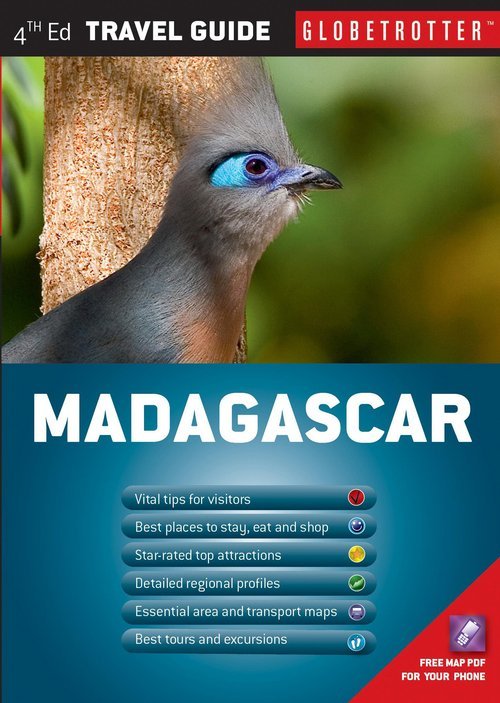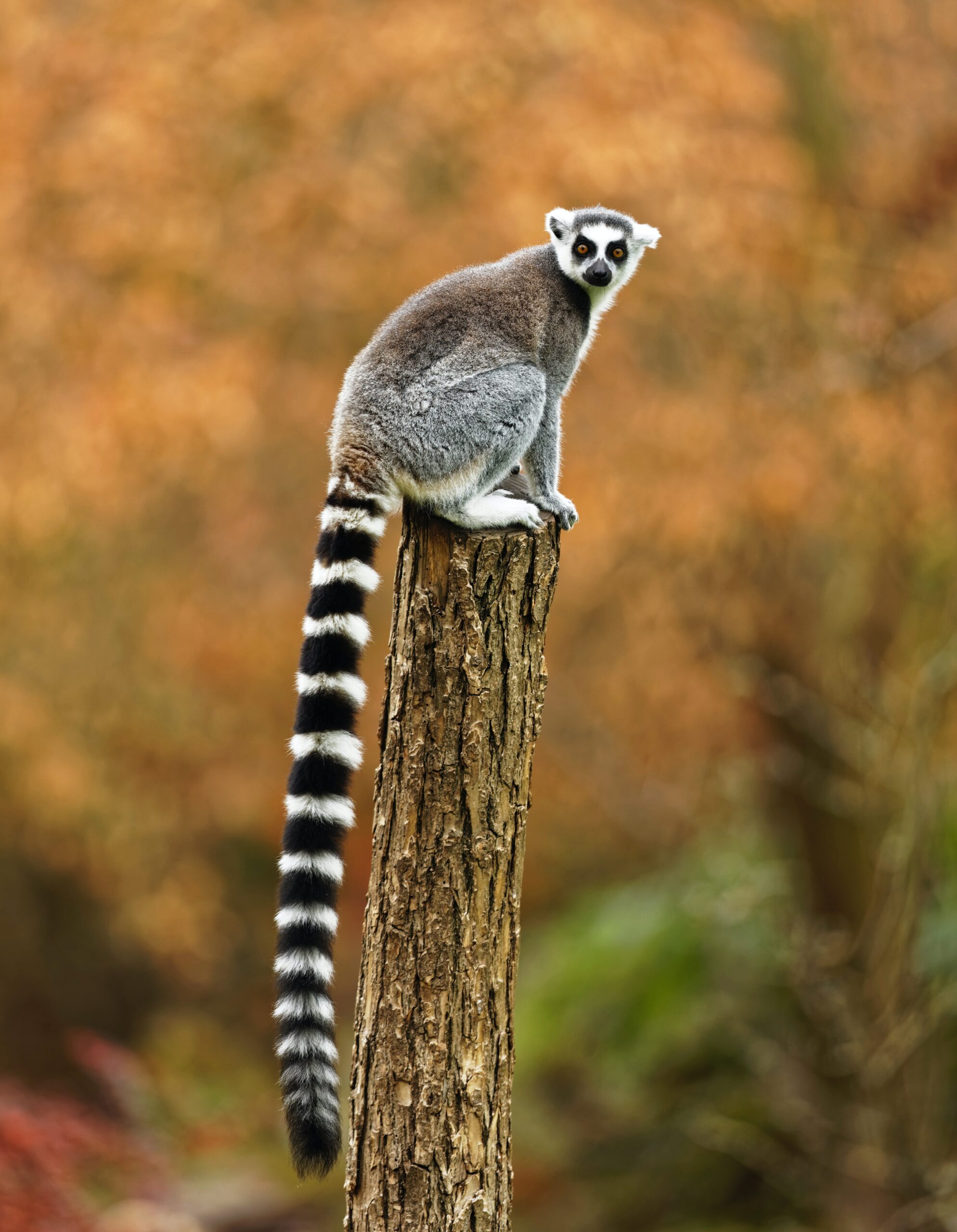Author Derek Schuurman co-wrote The Globetrotter Travel Pack to Madagascarwith Antananarivo-based tourism expert Nivo Ravelojaona. Derek spoke with me about their travel book which is now in its 4th edition.

What led to the two of you collaborating to write the Globetrotter Guide to Madagascar?
Nivo and I have now been working together for 22 years, specializing in responsible tourism to Madagascar. An author friend of ours, Ian Sinclair, recommended me to the publishers back in 1994. They invited me to write the first edition and I felt it appropriate to ask Nivo to cover the history and cultural sections, as she is Malagasy: I feel that those particular sections of any guide book are so much more effective and authentic when written by people from the countries which the books feature. Nivo was also permitted access at the time to archives which ‘westerners’ were prohibited from studying.
Why the fascination with Madagascar?
The reasons are so, so many. Madagascar is one of the world’s ‘Megadiversity hotspot’ countries. Because of a long geographical isolation – about 165 million years from Africa and then later from India – this island is an absolute treasure trove for naturalists. More than 80% of the life forms found there, exist nowhere else. But some 2,000 years of habitat destruction and more recently, mining and illegal timber extraction, as well as conversion of wetlands for rice cultivation, have led to many of its compellingly unique plants and animals being classified as endangered. And all of its ‘megafauna’ is extinct: this included gorilla-sized lemurs and the Aepyornis or elephant birds, the largest birds ever to walk the earth.
Much of what you see in Madagascar these days is truly special and often quirky in one way or another: either the species would be found only there, or it could be critically endangered, or, it could even be a discovery new to science. You just never know what weird and wonderful surprises await on every visit to the country and the country never fails to deliver.
Aside from getting to know fascinating and often gravely endangered wildlife up close, one also has the chance to enjoy extraordinarily varied and photogenic landscapes of this mini continent, and for me it was a real privilege to become acquainted with the multilayered culture of the world’s only Afro-Asian nation. I love the mythology, the incredibly complex system of ‘fady’ or ‘taboos’, traditional artefacts and above all, the music, which can be quite mind blowing.
What differentiates the Globetrotter Travel Pack from other guidebooks about Madagascar?
Well, for starters, it is the only guidebook with a huge fold-out map tucked into the back cover. Secondly, our focus was very much geared towards drawing attention to small initiatives run by NGOs to benefit local communities, and which have enjoyed success. Space constraints allowed us to feature only the most prominent highlights and areas of biological or cultural interest, though. The book is beautifully illustrated by highly respected photographer Gerald Cubitt, whom reviewers have referred to as ‘the Godfather of Wildlife Photography’.
What we tried to achieve, was to showcase the best of what Madagascar has to offer potential visitors, with expert guidance as to where to go at different times of the year and how to make the most of any trip to what is an exceptionally beguiling country – one which people who have visited often comment is a place where it feels as if you are ‘stepping back in time’ or perhaps into a Lewis Carroll novel.




